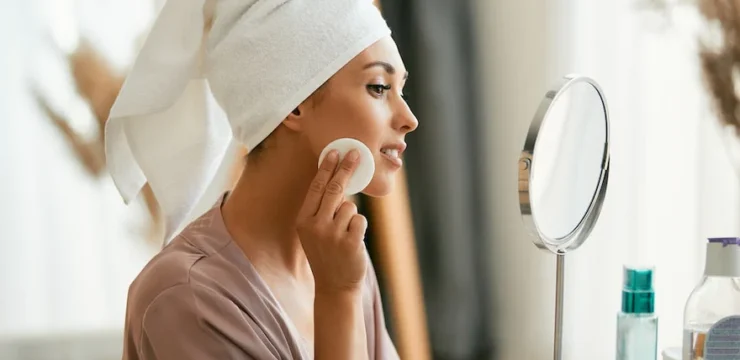Picture this: You’ve just finished an intense workout, muscles throbbing, heart pounding, sweat dripping. Your instinct? Hit the shower. But what if the secret to faster recovery, better circulation, and even improved mental toughness lies in stepping into an ice bath instead?
Cold therapy, once reserved for elite athletes, is now making its way into mainstream wellness. Whether it’s ice baths, cryotherapy chambers, or a bracing cold shower, people are embracing the chill for a host of benefits. It’s not just about muscle relief—it’s a full-body upgrade.
The magic of cold therapy starts with its impact on inflammation. After a tough workout, your muscles experience tiny tears that trigger inflammation and soreness. Submerging in ice constricts blood vessels, slowing inflammation and reducing pain. The sudden temperature drop signals your body to send oxygen-rich blood back to those aching muscles, speeding up recovery and minimizing downtime.
Beyond workout recovery, cold therapy is a circulation powerhouse. The process of cooling down and warming up acts like a pump, pushing blood through your body more efficiently. This cycle strengthens blood vessels, boosts cardiovascular health, and even improves endurance. That’s why professional athletes swear by cold exposure—it’s like an internal reset button for your system.
But here’s where it gets interesting. Cold therapy isn’t just about the body—it’s a mental game-changer. The shock of the cold forces you to focus, control your breathing, and push past discomfort. Over time, this builds mental resilience, helping you stay calm under pressure. Plus, the body releases a flood of endorphins in response to the cold, giving you a natural high and a surge of energy. Some even report improved mood and reduced anxiety—talk about an unexpected side effect.
Enter cryotherapy, the high-tech cousin of the traditional ice bath. Instead of plunging into freezing water, you step into a chamber cooled to subzero temperatures for a few minutes. It’s faster, more efficient, and a favorite among those looking for maximum recovery in minimal time. Users walk out feeling refreshed, pain-free, and invigorated, ready to tackle whatever comes next.
Of course, cold therapy isn’t for everyone. If you have circulatory conditions or extreme sensitivity to cold, consult a doctor before diving in. And for newcomers, the key is to start slow—brief cold showers, short dips in cool water—before working your way up to full-on ice baths or cryotherapy sessions.
The verdict? Cold therapy isn’t just a fad. It’s a science-backed way to recover faster, build resilience, and boost overall well-being. So, the next time you’re sore, stressed, or just need a wake-up call, consider embracing the chill. Who’s ready to take the plunge?





